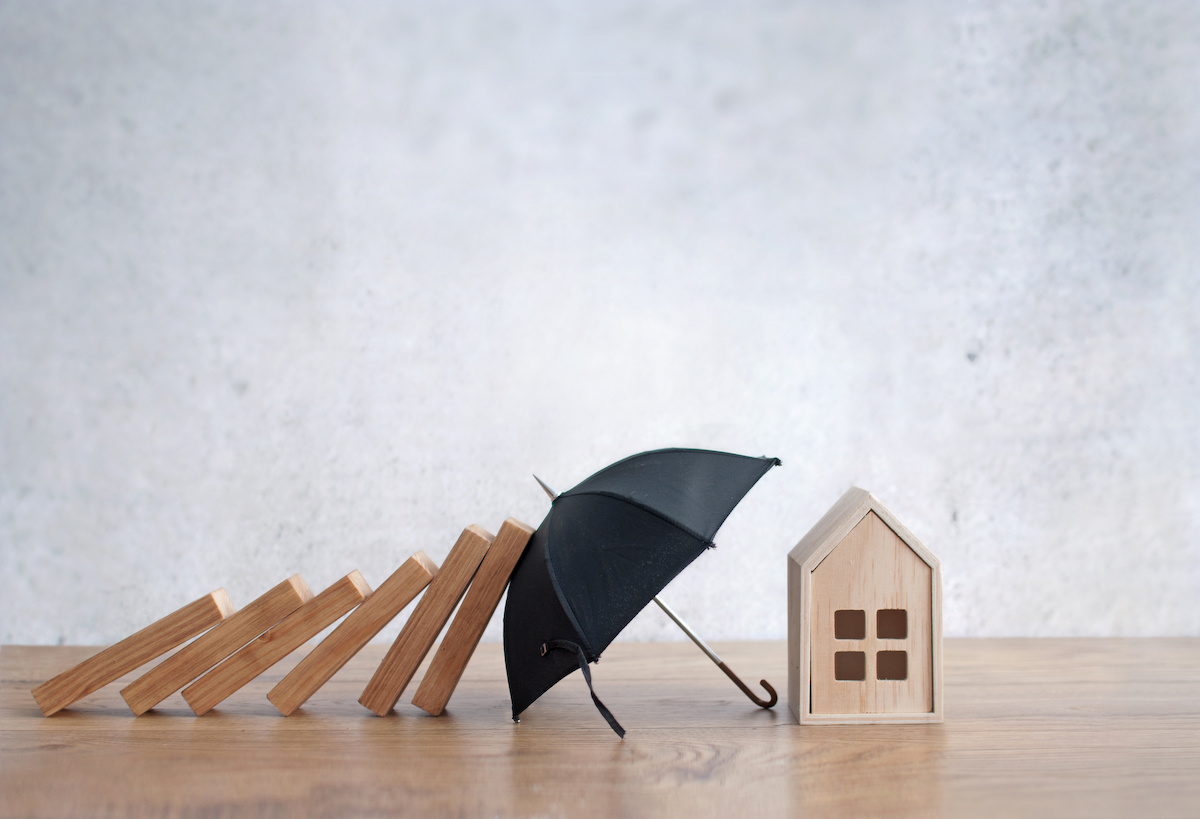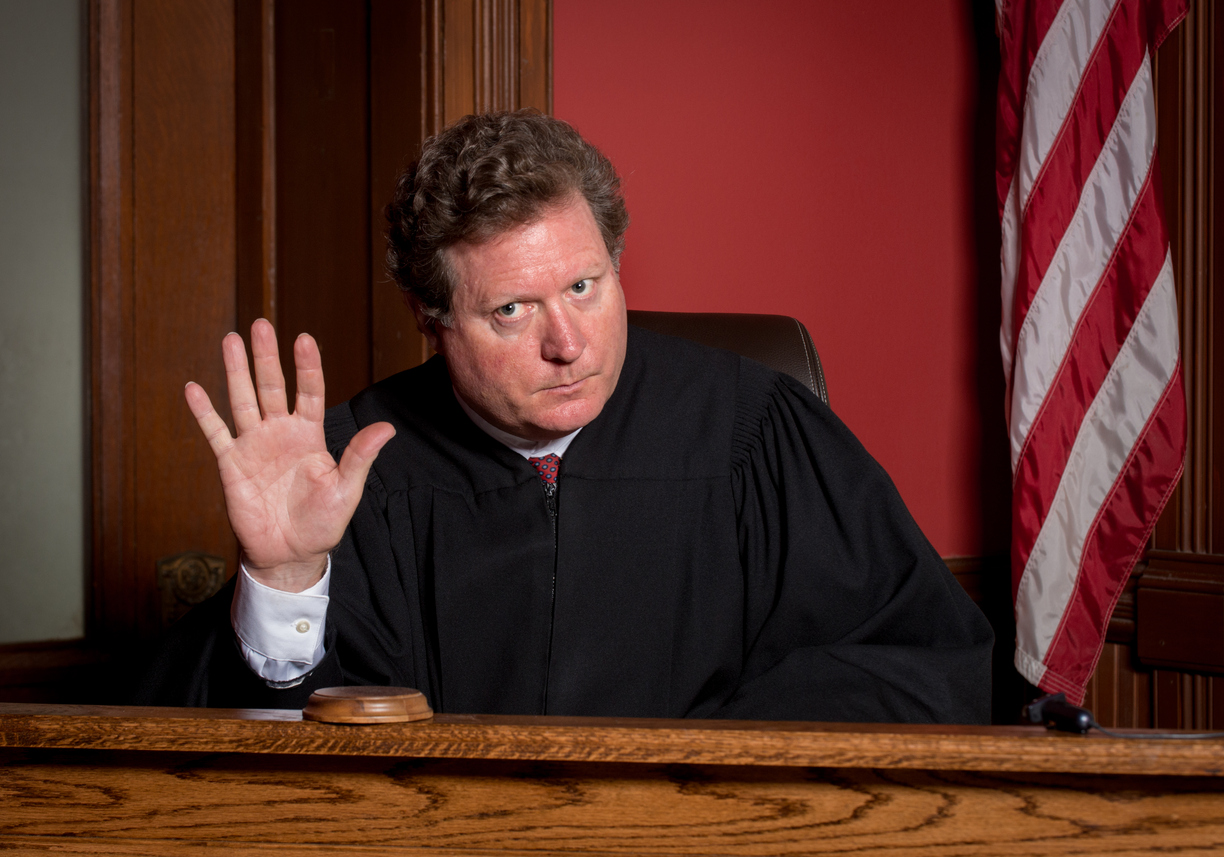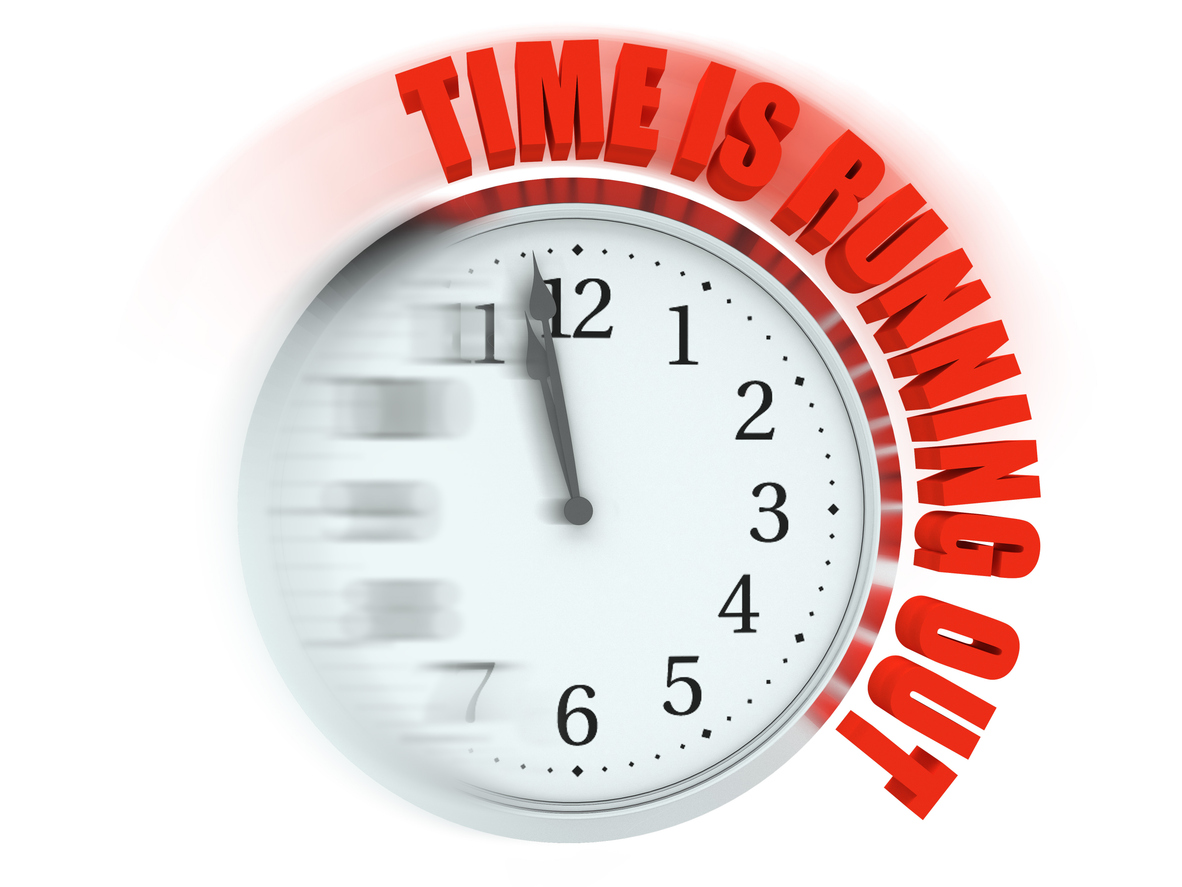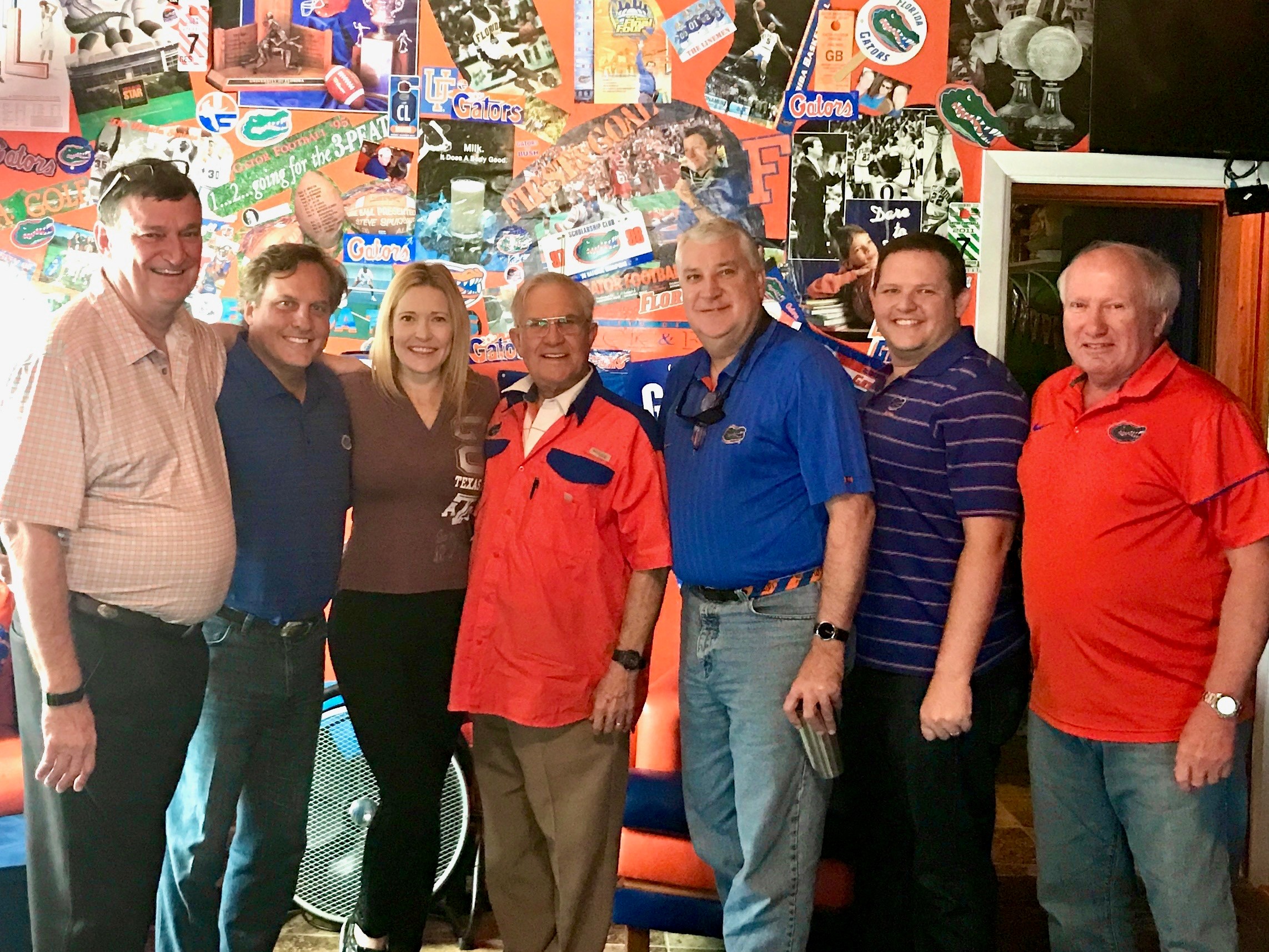Knowing exactly what hazard insurance is (and isn’t) can help protect you financially during a crisis.
So, how does hazard insurance work exactly? Let’s break it down.
Key Takeaways:
- Hazard insurance refers to the part of a homeowners policy that covers damage to the structure.
- Potential sources of damage include fire, lightning, hail, and windstorms.
- “Hazard Insurance” and “Homeowners Insurance” are sometimes used interchangeably, but hazards are only part of what a typical homeowners policy covers.
- Mortgage lenders typically require hazard insurance in order to issue a loan because it protects their interest in preserving the physical structure of your house.
What Is Hazard Insurance?
Hazard insurance refers to the part of a homeowners policy that covers damage to the structure of your home from specific “perils” or “hazards” (such as fire, lightning, windstorms, etc.).
The term is often used by mortgage lenders to refer to the minimum amount of insurance coverage they require you to possess before they issue a loan. If your lender says you need “hazard insurance” or “dwelling coverage,” a homeowners insurance policy typically satisfies the requirement.
Hazard insurance typically doesn’t cover your personal belongings, other structures on your property, or general liability, all of which are usually covered under broader homeowners insurance policies. It also doesn’t cover flood damage, for which you need to purchase a separate policy.
What Hazard Insurance Typically Covers
Hazard insurance covers damage to your home from particular occurrences called “hazards” or “perils.” Policies can vary but covered perils typically include:
- Fire
- Lightning
- Windstorms and hail
- Smoke
- Damage from the weight of ice, snow, or sleet
- Accidental discharge or overflow of water or steam
- Sudden and accidental tearing apart, cracking, burning, or bulging
- Freezing
- Sudden and accidental damage from artificially generated electrical current
- Explosions
- Aircraft crashes
- Vehicle accidents
- Theft
- Vandalism or malicious mischief
- Sinkholes
Hazard insurance typically covers these and any other perils to the dwelling not specifically excluded from the policy.
What Hazard Insurance Doesn’t Cover
While hazard insurance provides robust protection, there are certain situations it doesn’t cover, such as:
- Personal Property: Hazard insurance doesn’t cover personal property (such as furniture, electronics, clothing, etc.). For this, you rely on the personal property coverage within your homeowners insurance.
- Liability: Hazard insurance doesn’t provide liability coverage for injuries or property damage to other people.
- Other Structures: Hazard insurance doesn’t cover damage to other structures on your property, such as sheds, garages, gazebos, etc. These are typically protected by Coverage B in a homeowners insurance policy.
- Additional Living Expenses (ALE): Hazard insurance doesn’t cover living expenses If you need to temporarily vacate your home during repairs.
While hazard insurance often covers storm damage, you may be required to purchase additional insurance to protect against damage caused by floods, mudslides, earthquakes, and even certain kinds of storms.
The Difference Between Hazard Insurance and Homeowners Insurance
Homeowners insurance is a broader umbrella that contains hazard insurance, but it goes well beyond hazard claims to include protection for your belongings, coverage for other structures on your property, and liability coverage for accidental injuries or property damage to others.
Can I Get Hazard Insurance Separately From a Homeowners Policy?
No, hazard insurance isn’t a standalone product that can be purchased separately from homeowners insurance. It’s one of several different coverage types included in a homeowners insurance policy. However, you can customize your homeowners insurance policy to ensure the hazard coverage it contains meets your needs and adequately protects your home.
Why Do I Have Hazard Insurance on My Mortgage?
Mortgage lenders typically require homeowners to carry hazard insurance as a condition for getting a home loan because it protects their investment in the actual physical structure of the property. If your home is damaged or destroyed, the insurance payout from hazard insurance helps ensure that the lender can recoup their losses.
If you see hazard insurance listed on your mortgage, that usually means you’re paying for your premiums through an escrow account. This is the most common way homeowners pay hazard insurance premiums. How much you pay is impacted by several factors, which we discuss more below.
Can I Remove Hazard Insurance From My Mortgage?
Generally, you can’t remove hazard insurance from your mortgage while you’re still paying off your home. However, you might have the opportunity to negotiate new terms with your lender if you refinance or upon reaching a certain level of equity in your home, typically around 20%.
Do I Have To Pay Hazard Insurance Through Escrow?
Most of the time, if your lender requires hazard insurance, they also require you to pay it through an escrow account, especially if you have a down payment of less than 20% on your home. Lenders prefer escrow because it ensures the premiums are paid on time, reducing the risk of a lapse in coverage that could leave the lender exposed if your home were damaged or destroyed..
Do I Need Hazard Insurance if I Own My Home Outright?
You’re not legally required to have hazard insurance if you own your home outright. However, even if you’ve paid off your mortgage, homeowners insurance (which includes hazard coverage) is critical to protect your financial well-being. For most people, their home is their biggest asset. Hazard insurance protects you from financial ruin if your home is damaged or destroyed. Homeowners insurance is also typically required for other umbrella insurance policies, so a lack of coverage could prevent you from getting another policy you want.
How Much Does Hazard Insurance Cost in 2024?
According to Forbes, the current average cost for a hazard insurance policy with $350,000 in coverage is just under $1,700 per year, or a little over $140 per month. These rates vary significantly by state. On average, premiums are the lowest in Hawaii (around $500 annually) and the highest in Oklahoma (around $4,000 annually).
How Is the Cost of Hazard Insurance Determined?
Lots of factors contribute to the cost of hazard insurance, but some of the biggest are:
- The state you live in
- The risk for natural disasters in your area
- Your insurance provider
- Your deductible
- Your credit rating
- Your claims history
The amount of money it would cost to repair or replace your home in the event of a partial or total loss also plays an important role in determining cost. The dollar amount for your policy may differ significantly from your property’s value on the current real estate market.
Three Types of Hazard Insurance
There are generally three levels of hazard insurance coverage:
- Actual Cash Value (ACV): Reimburses based on the property’s current value, considering depreciation.
- Replacement Cost Value (RCV): Provides reimbursement for the cost of replacing the damaged property without factoring in depreciation.
- Extended Replacement Cost: Offers additional coverage beyond the RCV.
How Much Hazard Insurance Do I Need?
The amount of hazard insurance you need depends on the cost to rebuild your home, which isn’t necessarily the same as its market value. Rebuilding costs is shaped by:
- The average cost per square foot to rebuild in your area
- The type and quality of materials used in your home’s construction
- Labor costs
- Inflation
- Possible required code upgrades upon rebuilding
You should consult with your insurance agent to determine the appropriate coverage limits based on your specific needs and review your policy annually to make sure your coverage keeps pace with any changes in your home’s value or rebuilding costs.
What Happens if I Don’t Have Enough Hazard Insurance?
If your home is damaged or destroyed and the damage exceeds your coverage limits, you’re responsible for paying the difference out of pocket. This can lead to significant financial hardship if the damage is extensive. If your payout is insufficient, you might struggle to meet your mortgage obligations, potentially leading to foreclosure. Even before damage occurs, some mortgage lenders may impose penalties or require you to purchase additional coverage if they determine you’re underinsured. This can result in higher insurance premiums or other financial consequences.
Hazard Insurance in Florida
In Florida, HO3 policies typically provide breadth of coverage for “all perils,” unless the policy itself excludes a particular occurrence. However, it’s essential to review your policy to understand precisely which perils are covered. For example, many homeowner hazard policies exclude damages from flooding which must then be covered by its own separate policy and is usually governed by federal law and FEMA.
Sinkholes are another phenomenon which have now been mostly written out of policies in Florida. At the beginning of the policy, there is a checklist of the above-named perils and then either a “Y” or “N” (for yes or no) to indicate whether that peril is covered or not under the policy. This introductory information sheet forms part of what is called the Declarations sheets because they “declare” certain limitations, exclusions, or other important conventions that apply throughout the policy.
The thing to remember is that hazard insurance is not a maintenance policy. Hazard insurance covers accidents or sudden disasters, not neglectful maintenance or long-running issues. For example, hazard insurance may cover a sudden pipe break which causes damage to your property. However, if you’ve had a leaky pipe for months and never did anything about it, hazard insurance may not cover you if that leaking has damaged other property, like flooring, cabinets, baseboards, drywall, and so on.
How To File a Claim for Hazard Insurance
If your home has been damaged by a covered peril, you should act quickly, document everything thoroughly, and communicate openly with your insurance company throughout the claims process. Here are some basic steps to follow:
- Assess the damage, and make sure the area is safe. If needed, contact emergency services or utility companies. Take reasonable steps to protect your property from further damage, but keep receipts for any expenses incurred.
- Document the damage. Take photos and videos of all damage, both to the structure and your personal belongings. Avoid making any repairs before the adjuster has inspected the property.
- Make a list of damaged items. Include descriptions, estimated values, and any relevant receipts or photos.
- Report the claim to your insurance company or agent as soon as possible. You likely need to provide your policy number, name, address, and contact information.
- Schedule an inspection with an adjuster. The insurance company assigns an adjuster to assess the damage. Consult with them closely and point out everything you can.
- Provide documentation. Submit your inventory of damaged items, photos, videos, and any other supporting documentation.
- Ask questions. If you have any questions about the claims process or the settlement offer, don’t hesitate to ask the adjuster for clarification. Keep written or emailed records of your correspondence.
- Review the settlement offer carefully. Make sure you understand the amount being offered and what it covers. If the settlement is acceptable, you can begin the process of repairing or replacing your damaged property.
What Should I Do if My Hazard Insurance Claim Is Denied?
Seek the advice of a legal representative experienced in insurance matters immediately. The longer you wait, the greater the chance that any opportunity for recovery may lessen or be barred altogether. There are numerous ways to challenge the claim denial, and your attorney can tell you about them, including appeals for re-inspection, mediations, appraisals, complaints to the state about the practices of your insurer when it has acted in a less-than-good-faith manner, and so on.
Insurance companies rely on their own trained adjusters and insurance professionals, including departments filled with attorneys: Why should you fight that kind of battle without a professional on your side?
Further Resources on Insurance Coverage Law
Navigating the complexities of insurance claims can feel overwhelming. Whether you’re facing unpaid claims or simply filing for the first time, our eBooks equip you with the crucial information you need to advocate for yourself with confidence.
- Filing A Property Insurance Claim
- Insurance Company Response Time
- What To Do When You Have a Denied/Underpaid Claim
- Wildfire Claims
- Flood Claims Handbook
- More Information on Hurricane Deductible and Policy Limits
- Condominium Hurricane Preparedness
Why Merlin?
Are you fighting an insurance company that won’t pay up on claims? With nearly 40 years of practice and $2 billion in recovered claims, our team stands by your side to ensure you can face any insurance challenge with confidence. Contact us today for a consultation, or read more about how we’re your trusted advocate.




